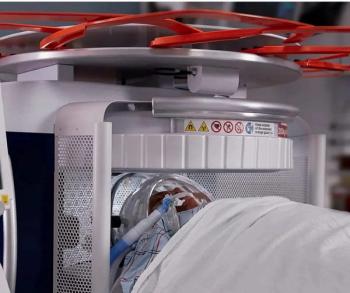
Physicians Aren’t Choosing Wisely
Choosing Wisely recommendations need further implementation in order to see a drop in unnecessary medical procedures.
The Choosing Wisely campaign has only had modest success so far, according to a study published in
Researchers from Anthem Inc, in Indianapolis, IN, and HealthCore Inc, in Wilmington, DE, performed a retrospective analysis of claims data to quantify the frequency of trends from the earliest Choosing Wisely recommendations. The researchers looked at seven recommendations, including imaging for headache with uncomplicated conditions; cardiac imaging in patients without a history of cardiac conditions; preoperative chest X-rays for patients with unremarkable history and physical examination; and imaging for patients with low back pain, but who did not have any “red flag” conditions.
They also assessed the results for HPV testing for women under age 30; antibiotic use for acute sinusitis; and prescriptions for NSAIDs for patients presenting with chronic conditions that can be worsened by these drugs, such as hypertension, heart failure, or chronic kidney disease.[[{"type":"media","view_mode":"media_crop","fid":"43004","attributes":{"alt":"","class":"media-image media-image-right","id":"media_crop_1880656209533","media_crop_h":"0","media_crop_image_style":"-1","media_crop_instance":"4683","media_crop_rotate":"0","media_crop_scale_h":"0","media_crop_scale_w":"0","media_crop_w":"0","media_crop_x":"0","media_crop_y":"0","style":"height: 99px; width: 150px; border-width: 0px; border-style: solid; margin: 1px; float: right;","title":" ","typeof":"foaf:Image"}}]]
Using claims data from Anthem-affiliated commercial health plans, covering a two- to three-year span, through 2013, the researchers found that only two services declined: imaging for headaches and cardiac imaging, and the decline was modest. Two services actually increased:
Use of preoperative chest X-rays (91.2%) and imaging for low back pain (53.7%) remained high with no statistically significant changes. Use of antibiotics in acute sinusitis did decrease, but it was also statistically insignificant, from 84.5% to 83.7%.
The researchers concluded that while there were decreases in two of the seven services, the changes were modest. The clinical significance is uncertain, they noted, and more interventions are required for wider implementation of the guidelines.
An
Newsletter
Stay at the forefront of radiology with the Diagnostic Imaging newsletter, delivering the latest news, clinical insights, and imaging advancements for today’s radiologists.



























